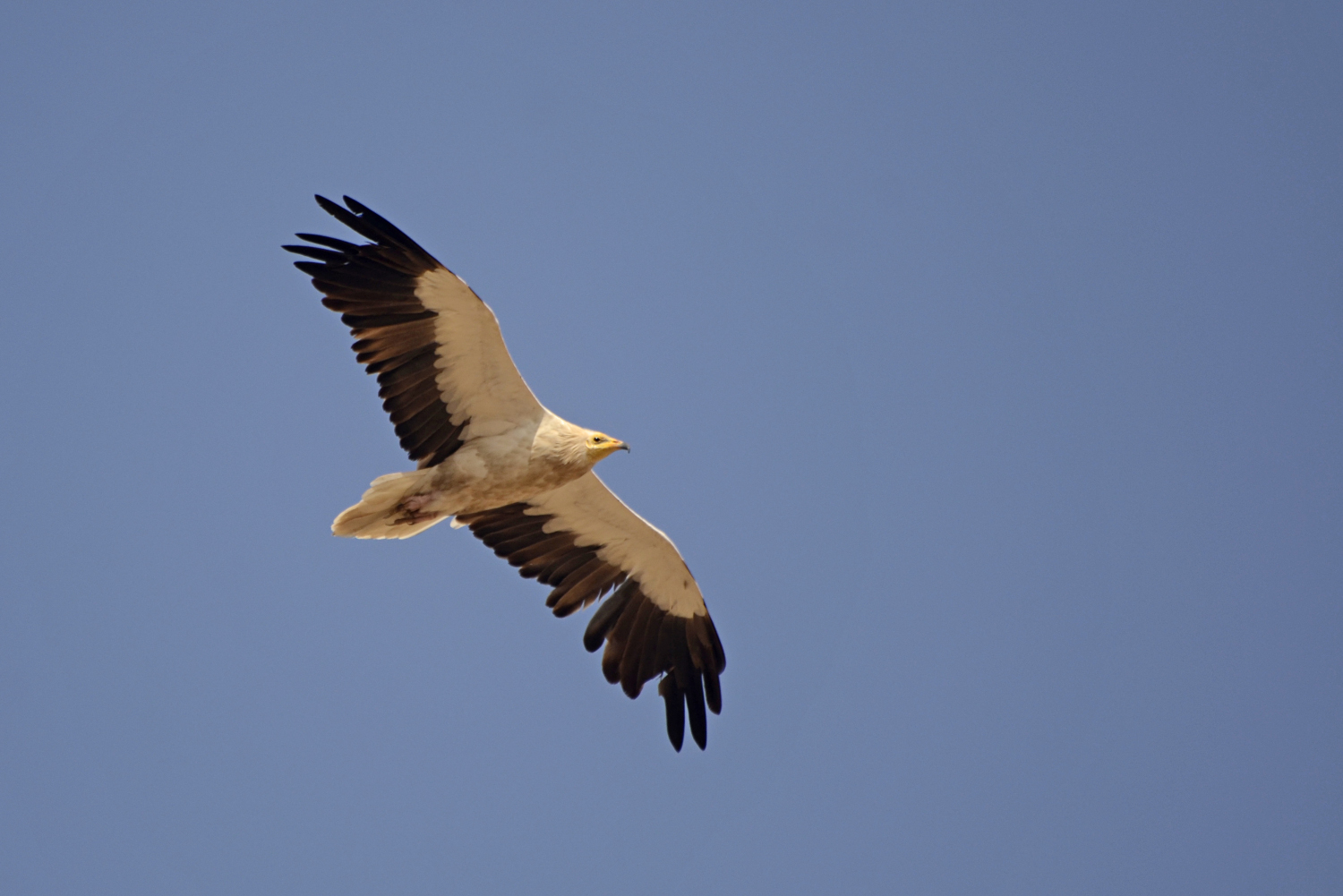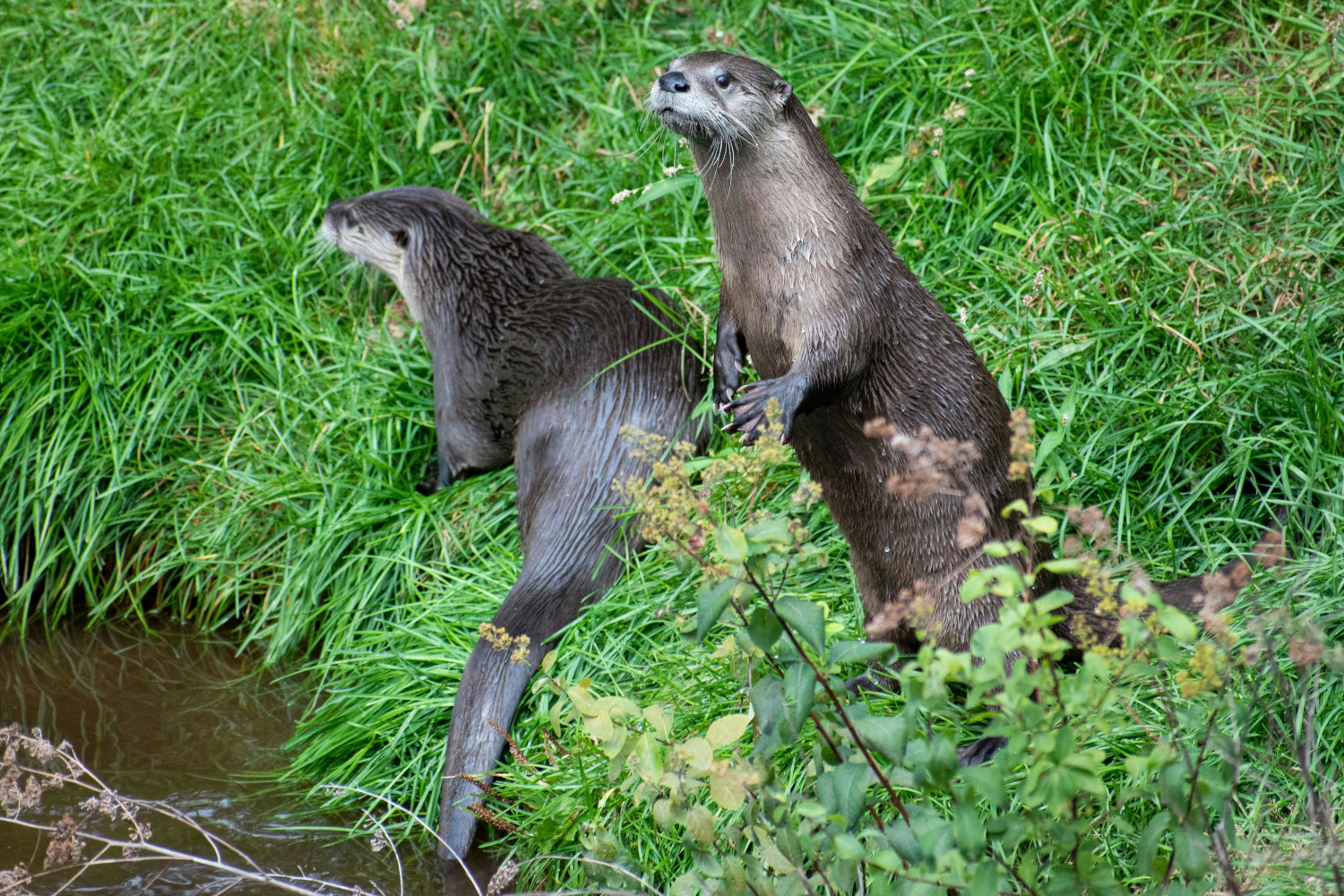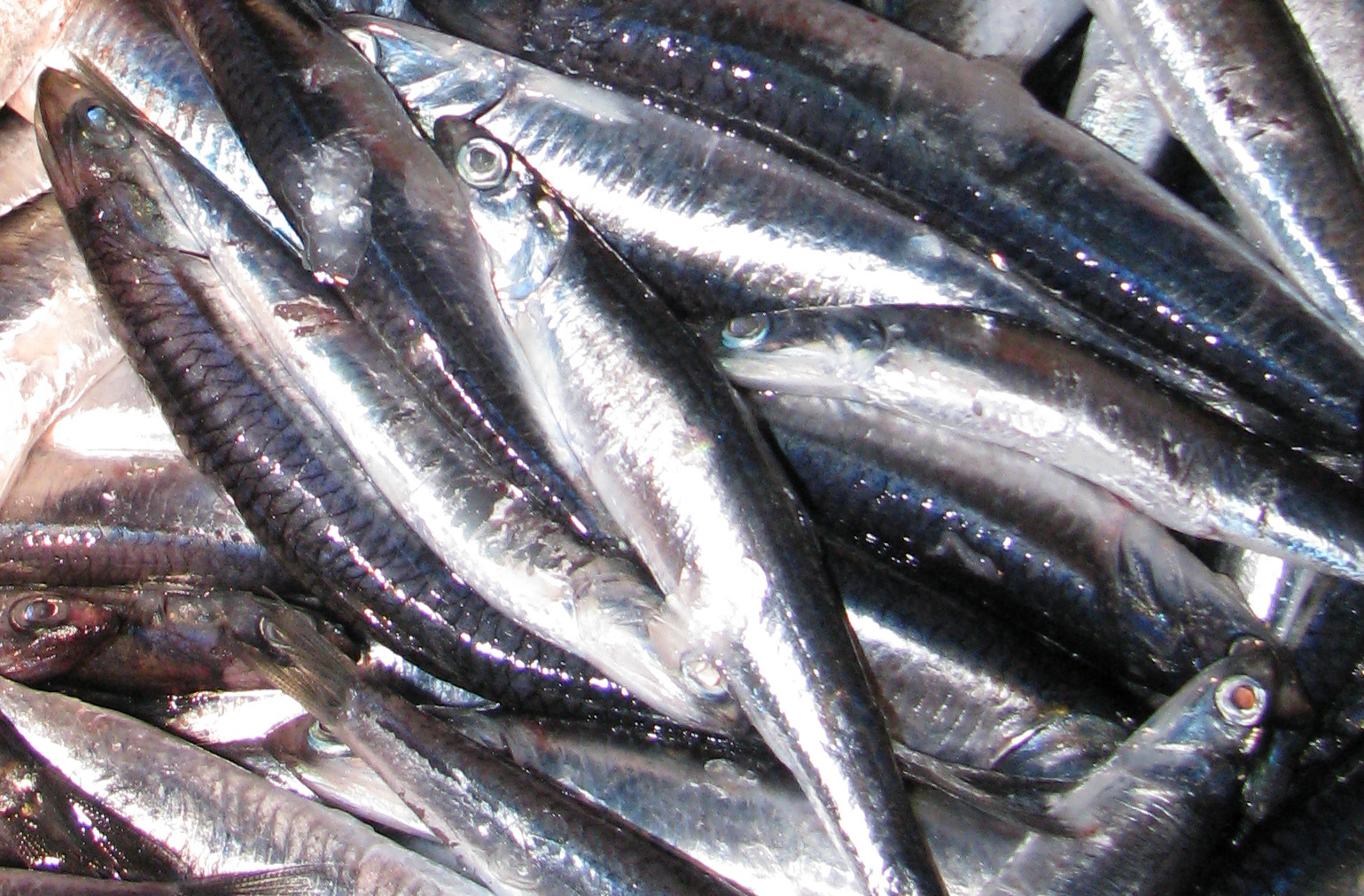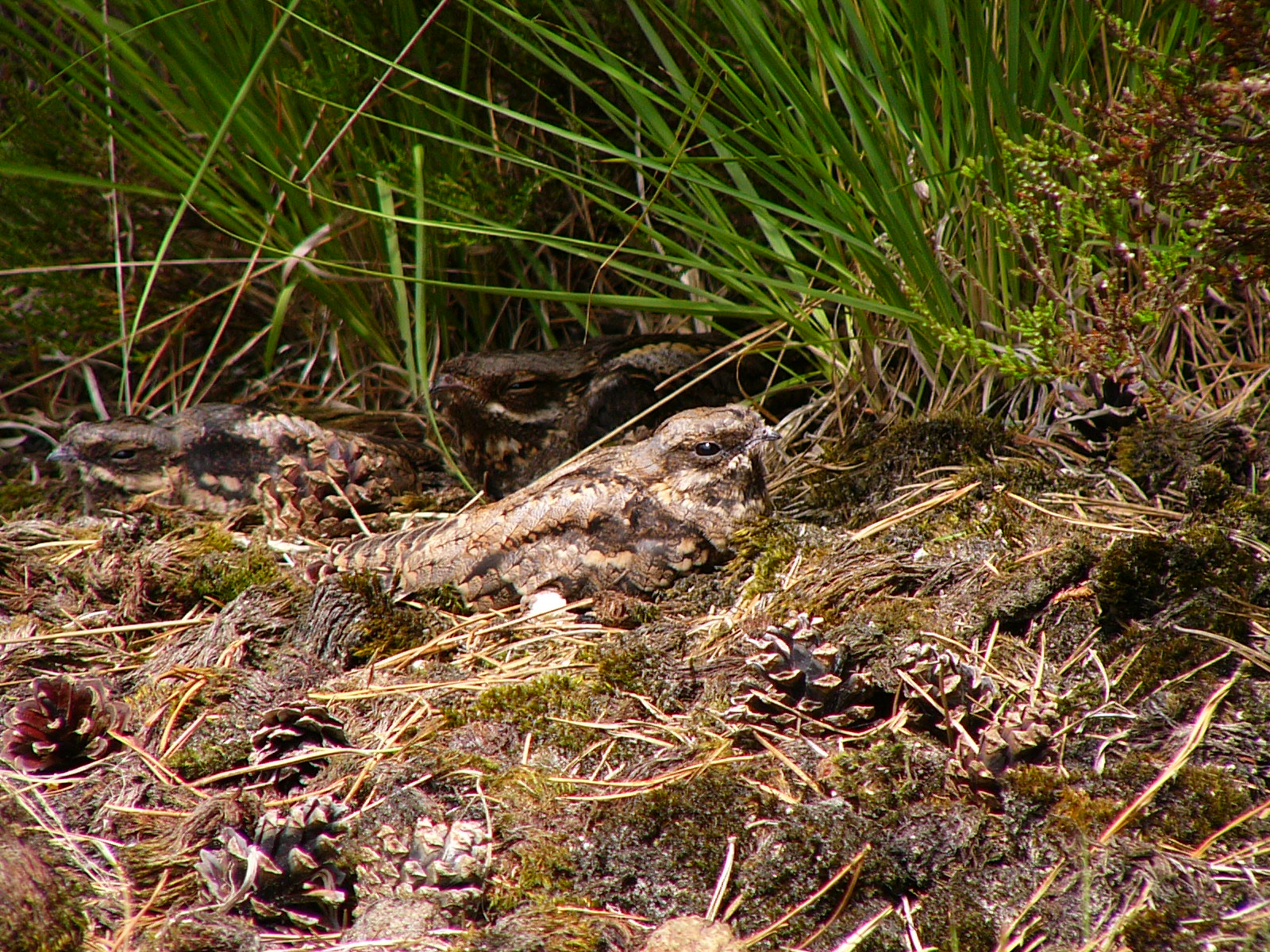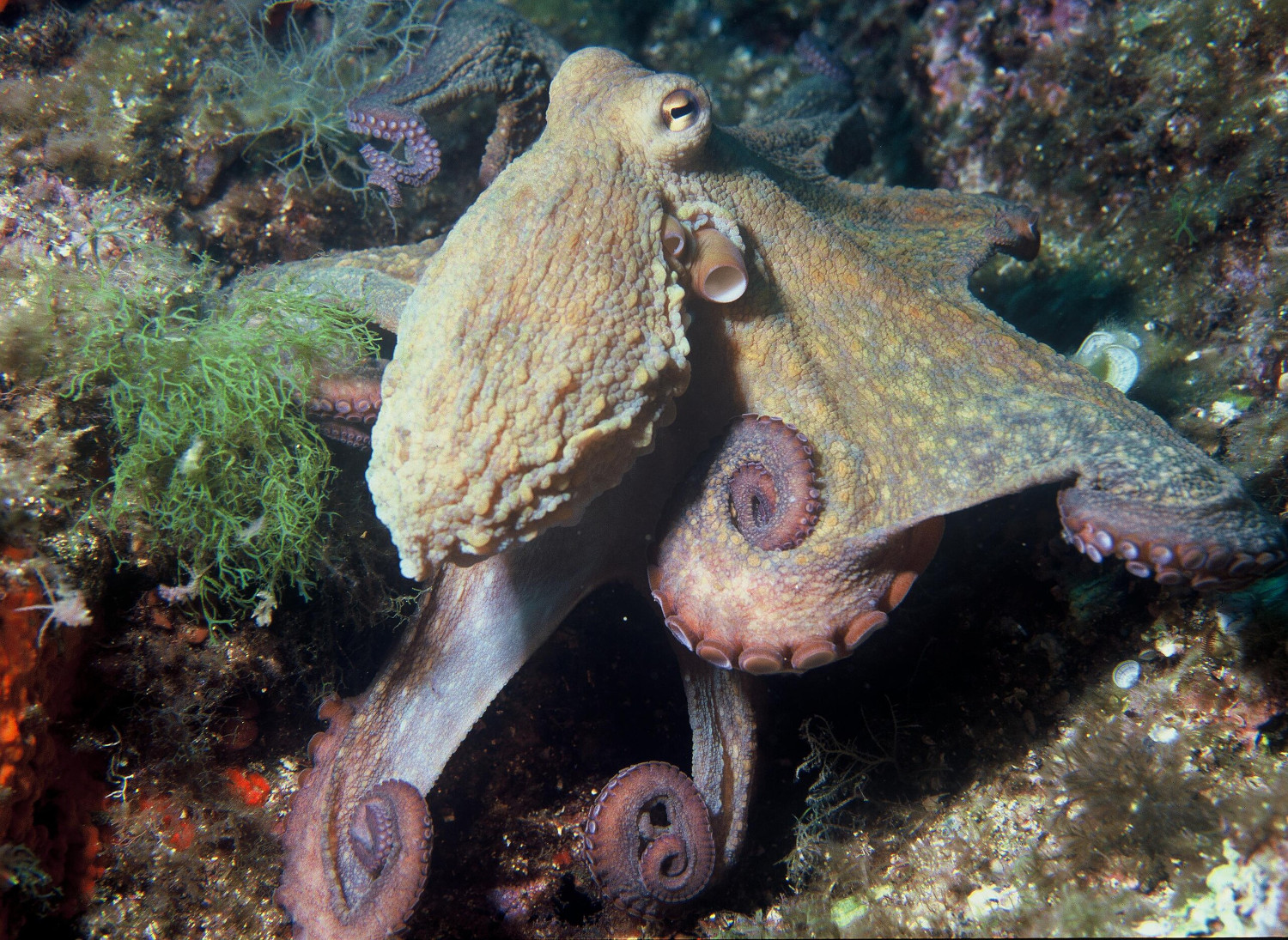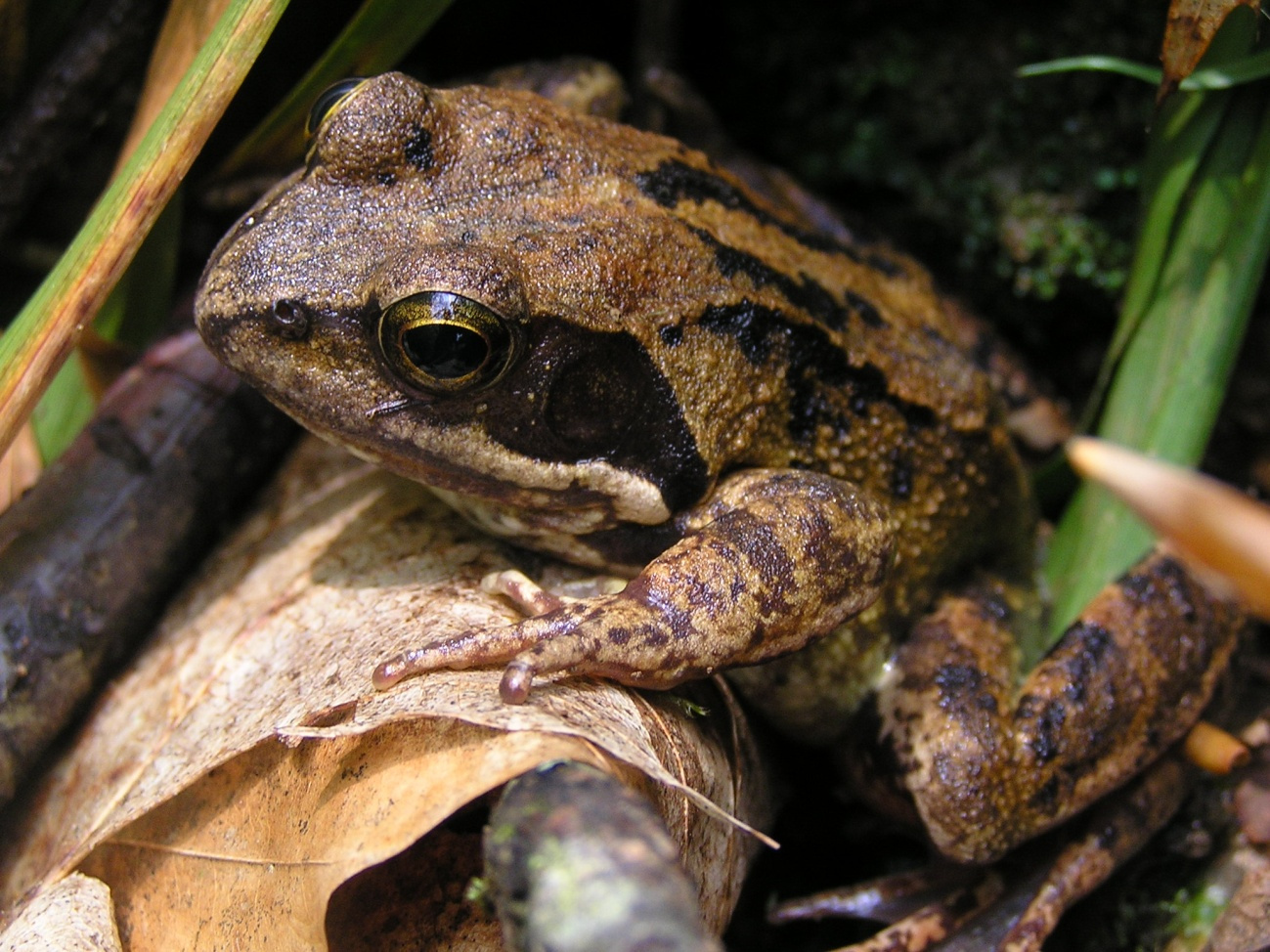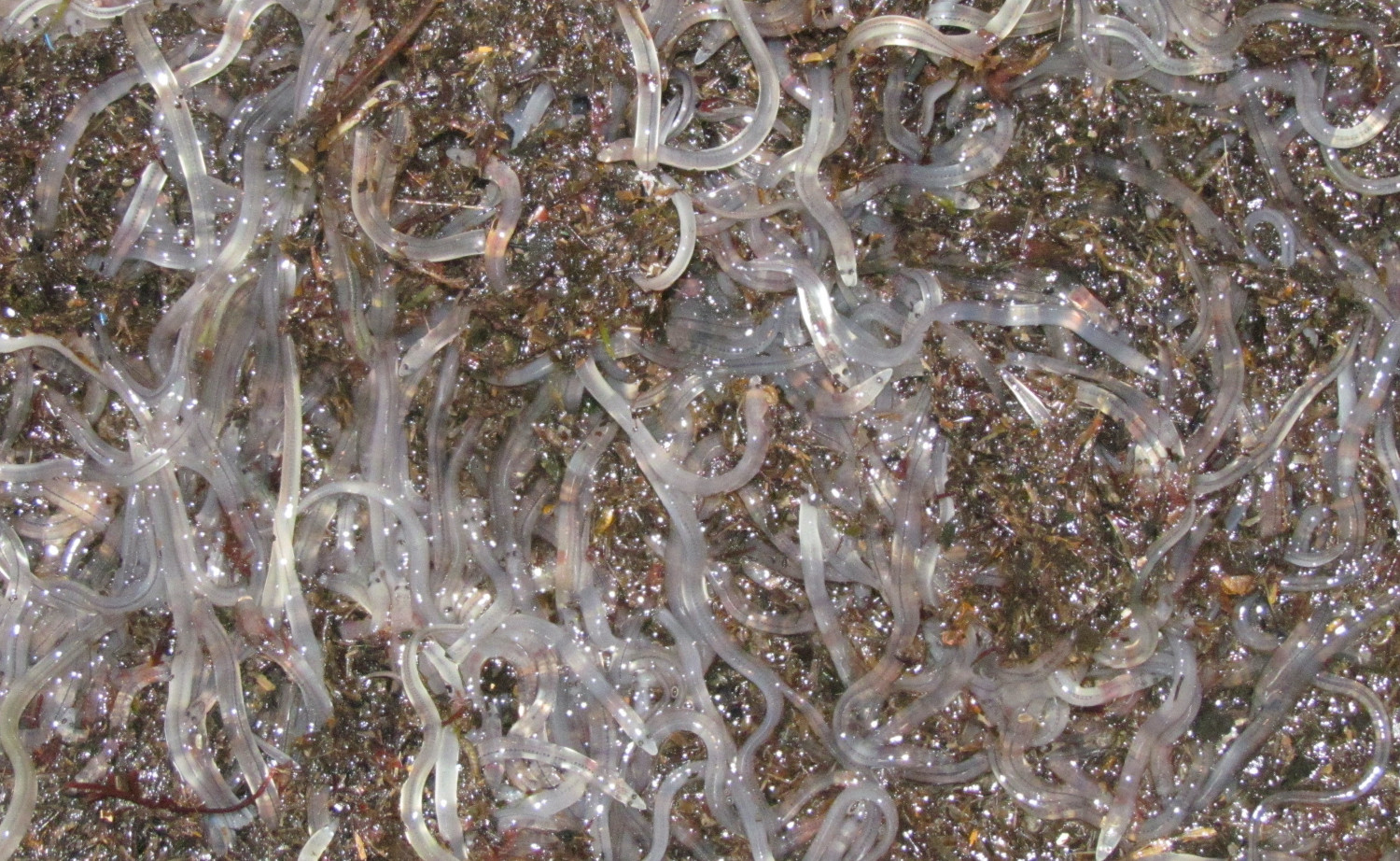Born at the bottom of the sea, skilled in fishing
- Despite being little appreciated by fishermen, today it is much better known than at sea. Compact meat, especially in the tail.

White anglerfish (Lophius piscatorius)
GROUP: Vertebrate/Fish.
MEASURE: 20-30 cm (larger > m1).
WHERE DO YOU LIVE? in the Eastern Atlantic and the Mediterranean, on the seabed, deep (50-300 m).
WHAT DOES IT EAT? Crustaceans and seabed fish.
LEVEL OF PROTECTION: It is not protected.
The head is half the size of the body in the long and it's wide and flat -- it sounds to you, at least if you bought the fish and then used it for soup. She has a frightening look from close to her, but ours is forcibly directed to the line of sharp fangs that she perceives under her lips. In fact, it eats crustaceans and fish from the seabed and has a large mouth adapted to capture, crush and swallow them. It's so big that when you can fish prey the size of your body. Fishing yes. The anglerfish carries a cane for this and a hook glued to the forehead. This organ called “ilicium” stretches between the eyes upwards and has a pouch of bacteria capable of emitting light at its end. Moving the horn up and down, the glowing bait takes the form of a delicious swimming hose for dams approaching the anglerfish's mouth. This form of fishing is particularly effective in the darkness of deep waters, given that the rapes are distributed from several meters deep (50–300 m) to 2,500 meters deep sea bottom.
There are 200 species of anglerfish in the world. Most live in a deep dark and therefore very unknown. But those arriving at the fishmongers are white anglerfish (Lophius piscatorius) and black anglerfish (L. budegassa). The second, with the darkest meat, also the skin, but not so much, for many it is better to eat, but it is not so abundant and, therefore, it is paid more expensive. The two usually measure between 30 and 50 cm. However, if we do not fish them before, they can reach the age of 20 and white rapes have been found above the metro, the last 63 kilos in Bermeo.
A female white anglerfish can lay 80,000 eggs in spring for every kilo of its body. Although very few of them will survive, after 100 first days swimming in the high seas (pelagic area), they will approach the bottom of the sea and spend their whole life on it. So, as if you forget the swimming ability of youth, adult black and white rapes will be pretty clumsy. But to pamper yourself with the seabed and become almost invisible, you will develop a unique ability.
We have made special mention of female rapes, which are the only ones that reach our dishes. How is that possible? Male rapes are about ten times smaller than females. When they find the female, they think about something else in sex and they lose their heads. The male is limp in the female's belly and stuck absorbing the female's food. At some point it joins the female body and its blood flow. From that moment on, the male will lose his eyes and all internal organs except his testes. A single female can have up to six males stuck at some point and she will decide when to put it, already fertilized, release the eggs. So, do not hesitate, all the rapes you have eaten so far have been females.
Step back in time until the dinosaurs disappeared. Step back. Also at that time the rapes were at sea. Besides the taste of the meat, it has other interests; for the first time, insulin was extracted from your pancreas. It's a living dinosaur. In our country, however, thousands of jumpy specimens are caught within a few years. Why? Because we bought them. Because on the plate is better all the tail.
Itsasoan badira landareen itxura izan arren animalia harrapari diren izaki eder batzuk: anemonak. Kantauri itsasoan hainbat anemona espezie ditugun arren, bada bat, guztien artean bereziki erraz atzemateko aukera eskaintzen diguna: itsas-tomatea.
Ugaztunei eskainitako azken artikuluaren amaierako hitzak hurrengo animalia aurkezteko aitzakia paregabea dira. Bertan esaten genuen muturluzeak erreka “garbi eta txukunak” behar dituela, kutsadurarik gabeak baina elementu natural anitzekin. Animalia txiki horren... [+]
Antxoa, bokarta edo albokartia, gure arrain komertzialen artean txikiena, euskal kostaldera hurbildu da.
Katalanen ustetan artzainak engainatzen omen ditu hegazti honek: “enganyapastors”. Espainiar eta latindarrek, aldiz, ahuntzari esnea kentzen diola diote, hortik datorkio hain zuzen ere izen zientifikoan (Caprimulgus europaeus) islatzen den caprimulgus (capra... [+]
Leihatila honetan behin baino gehiagotan azaldu ditugu Ama Naturaren engainuak bere izakiak babestearren. Batzuetan, erle edo liztor itxura zuten euliak ekarri ditugu, beste batzuetan inongo arriskurik ez duten arrisku-kolorazioko intsektuak ere bai (kolorazio aposematikoa... [+]
Nekazal eremu lehor baten erdian ageri da putzua. Txikia da tamainaz, eta ez oso sakona. Egunak dira euririk egiten ez duela, baina oasi txiki honek oraindik ere aurretik bildutako urari eusten dio. Gauak eremua irentsi du eta isiltasunaren erdian kantu bakarti bat entzun da... [+]








